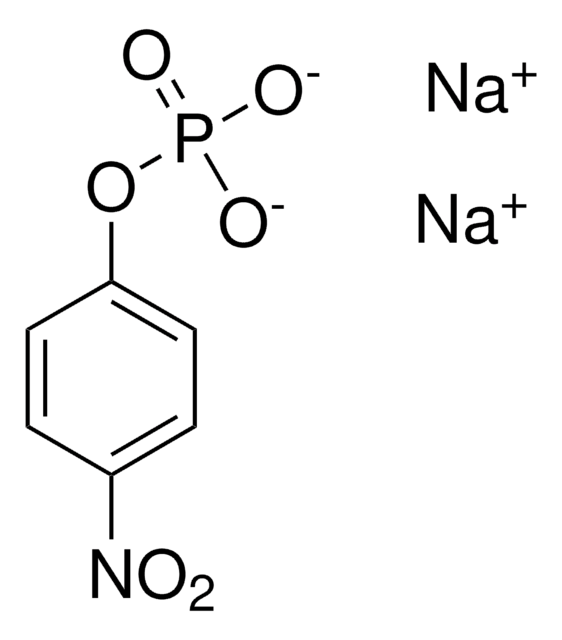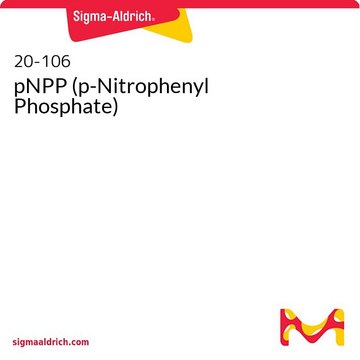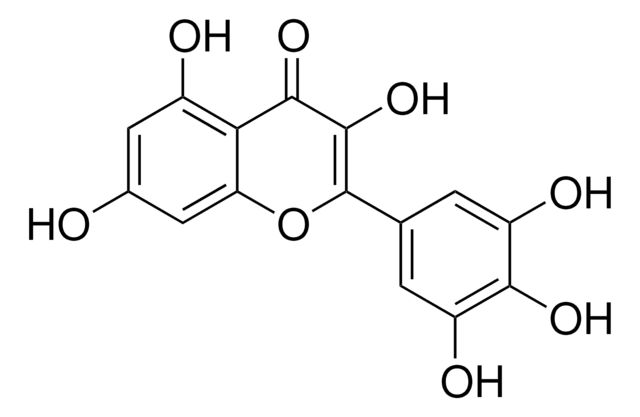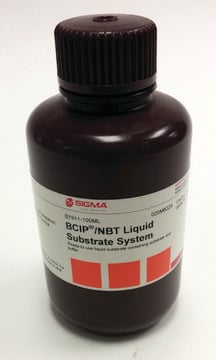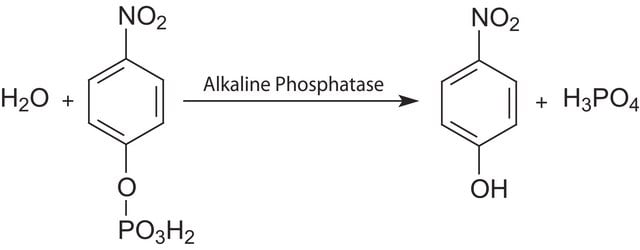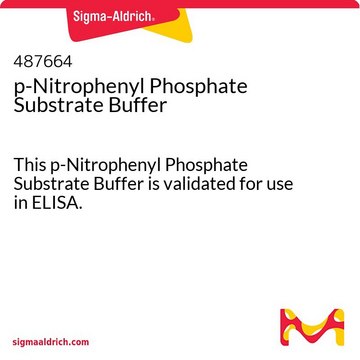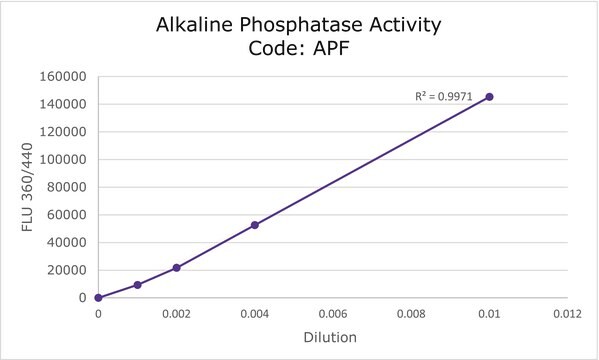P7998
Alkaline Phosphatase Yellow
alkaline phosphatase substrate, chromogenic liquid
Synonym(e):
Alkaline phosphatase substrate solution (pNPP)
About This Item
Empfohlene Produkte
Produktbezeichnung
Alkaline Phosphatase Yellow (pNPP)-Flüssigsubstratsystem für ELISA, ready to use solution
Qualitätsniveau
Form
liquid
Lagertemp.
2-8°C
Allgemeine Beschreibung
Anwendung
Vorsicht
Physikalische Form
Angaben zur Herstellung
Signalwort
Danger
H-Sätze
Gefahreneinstufungen
Eye Dam. 1 - Skin Irrit. 2 - STOT RE 2
Lagerklassenschlüssel
10 - Combustible liquids
WGK
WGK 3
Flammpunkt (°F)
Not applicable
Flammpunkt (°C)
Not applicable
Hier finden Sie alle aktuellen Versionen:
Besitzen Sie dieses Produkt bereits?
In der Dokumentenbibliothek finden Sie die Dokumentation zu den Produkten, die Sie kürzlich erworben haben.
Kunden haben sich ebenfalls angesehen
Artikel
Nitroblue Tetrazolium (NBT) is used with the alkaline phosphatase substrate 5-Bromo- 4-Chloro-3-Indolyl Phosphate (BCIP) in western blotting and immunohistological staining procedures. These substrate systems produce an insoluble NBT diformazan end product that is blue to purple in color and can be observed visually.
Unser Team von Wissenschaftlern verfügt über Erfahrung in allen Forschungsbereichen einschließlich Life Science, Materialwissenschaften, chemischer Synthese, Chromatographie, Analytik und vielen mehr..
Setzen Sie sich mit dem technischen Dienst in Verbindung.